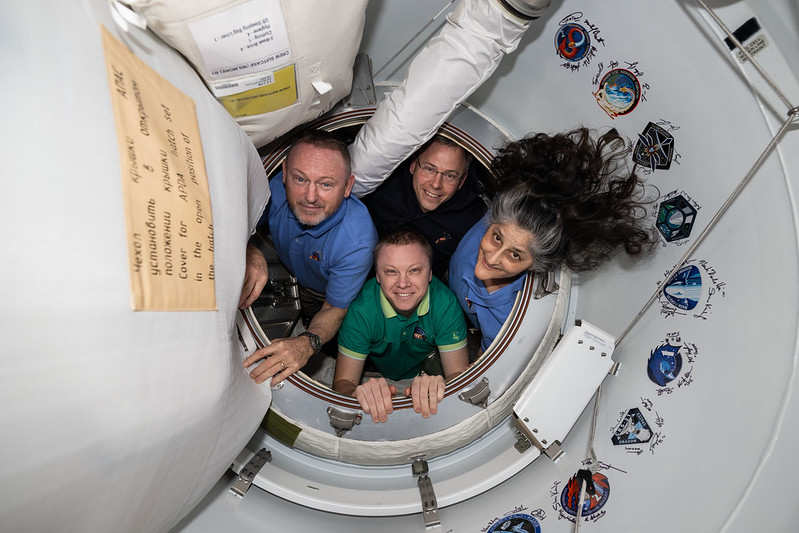Nasa
1M
212

Image Credit: Nasa
NASA’s SpaceX Crew-9 Scientific Mission on Space Station Concludes
- NASA's SpaceX Crew-9 mission with astronauts Hague, Wilmore, Williams, and Gorbunov concludes their science mission on the International Space Station after conducting 150+ unique experiments.
- Key milestones included microalgae research for oxygen conversion, testing of the Enhanced Exploration Exercise Device for crew health, and studying how moisture levels affect plant growth.
- Experiments like the Packed Bed Reactor and flame spread studies aim to improve systems for water recovery and fire safety in spacecraft.
- The study of microbial growth, workout monitoring, 3D printing of medical devices, and using wood in satellites were other significant investigations conducted.
- The crew also engaged in studies on manufacturing microbes in space, repairing equipment like the NICER instrument, and observing Earth phenomena for research purposes.
- Research on nutrient production, solar wind analysis, hearing tests, material aging, and satellite deployments highlighted the breadth of scientific activities on the ISS.
- Experiments like CODEX for solar wind study, HUNCH student-designed tools for astronauts, and Astrobee robot demonstrations showcased innovative research initiatives.
- The article also mentioned CubeSat deployments, arm relocations for debris removal, and Dragon spacecraft operations in delivering supplies to the ISS.
Read Full Article
12 Likes
For uninterrupted reading, download the app